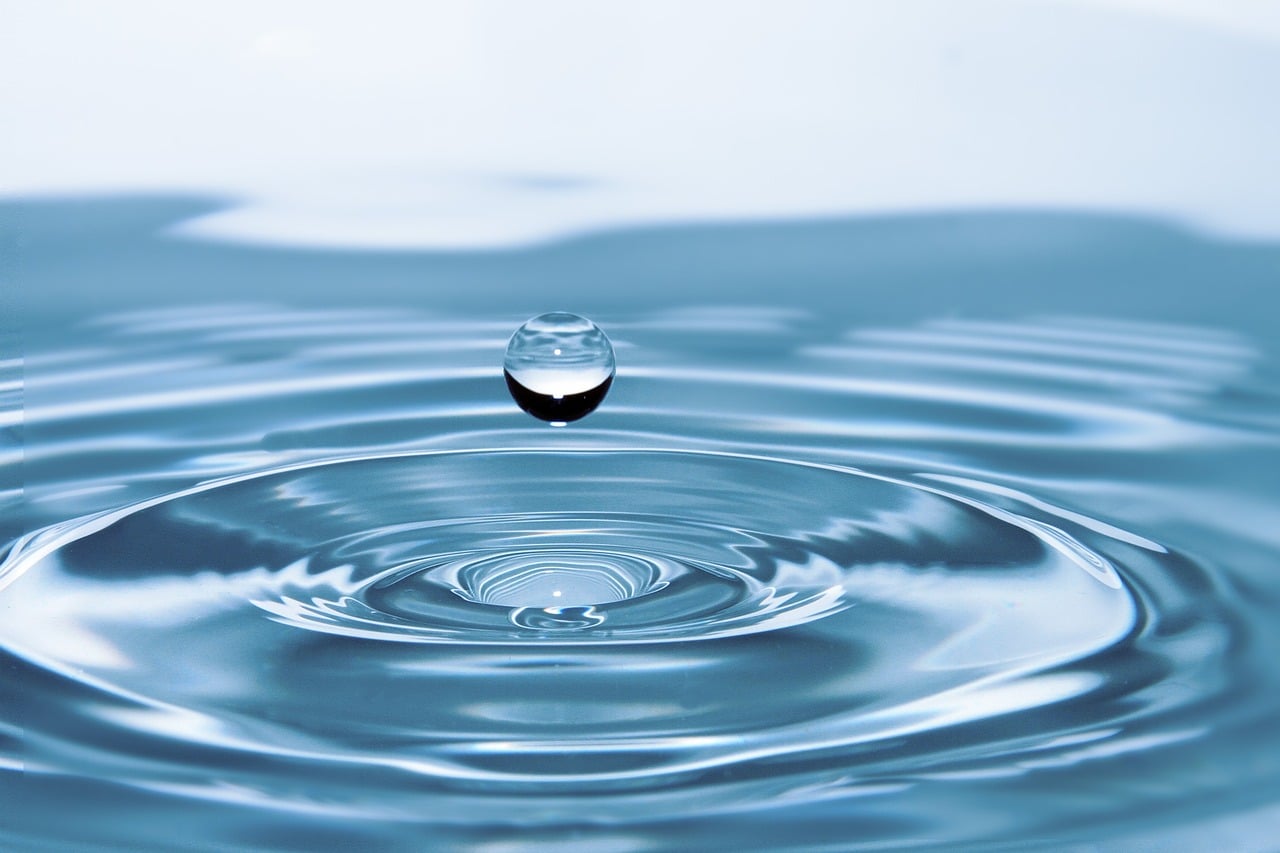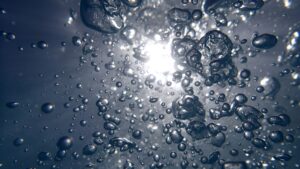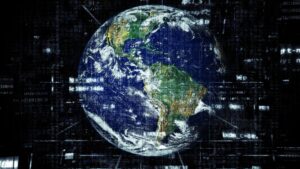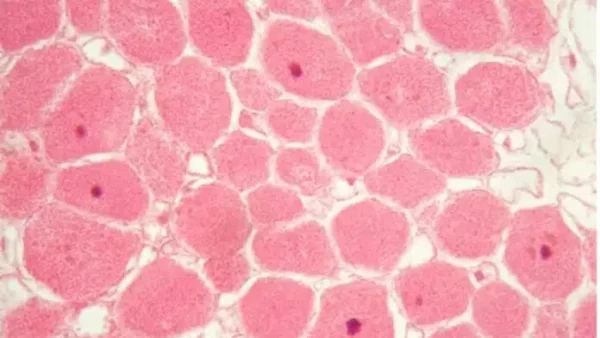World Water Day is an opportunity to focus on water: how we use it, how we support fair and universal access to it, and how our seed industry plays a critical role in managing it well.
March 22 is the United Nations’ World Water Day, designated to focus attention on the importance of fresh water. It also aims to encourage support of the UNs goal to ensure water and sanitation for all by 2030. World Water Day’s primary purpose is to raise awareness of the 2.2 billion people living without access to safe water. It’s also an opportunity to think through agriculture and more specifically the seed industry’s role in the global water system.
Some quick stats:
Globally, irrigated agriculture represents 20% of the total cultivated land and contributes 40% of the total food produced worldwide, according to the World Bank. Approximately 70% of groundwater is used for agriculture production.
Canada has some of the world’s largest freshwater resources, though Canadians consume more water per capita than almost anyone in the world. According to Statistics Canada, Canadian agricultural producers applied approximately 2.2B cubic meters of water to crops via irrigation in 2022. While the majority of Canadian farmers who irrigate reported no issues with access to adequate irrigation water in 2022, usage was notably up over two years prior: Canadian farmers used 23% more water to irrigate their crops in 2022 compared to 2020, mostly due to drier conditions. Almost exactly half of Canadian farm acres were irrigated in 2022, up by one quarter over 2020.
In the United States, irrigation accounted for 42% of freshwater withdrawals in 2015, according to a U.S. Geological Survey report released in 2018. Around 17% of total U.S. corn production and 12% of soybean and wheat production comes from irrigated production, together making up just over half of the total irrigated acres in the U.S., according to the National Agricultural Statistics Service. According to the 2017 US Census of Agriculture, irrigated land accounted for less than 20% of total harvested land butproduced more than half (54%) of the total U.S. crop sales value. Nearly 55% of the contiguous U.S. has experienced drought since November 2021.
Just under half of all irrigation water used in the U.S. came from groundwater sources, according to a 2018 Irrigation and Water Management Survey. U.S. corn, soybeans and wheat acres rely particularly heavily on groundwater. However, more than half of U.S. aquifers are currently losing water, a significant concern in much of the US. Researchers from Dartmouth released in a 2021 study that modeled aquifer replenishment rates based on various irrigation rates. If aquifers required the model’s strictest irrigation reduction levels, the model predicted that total production of corn, soybeans and wheat would drop by 45%, 37% and 36% respectively. The report noted that strict reductions are not necessary — at least not now.
In Europe, about 6% of farmland was irrigated in 2016, with agriculture responsible for 24% of all water withdrawals, according to a Sustainable Water Use in Agriculture report published by the European Court of Auditors in 2021. According to the European Commission, 8.9% of utilised agricultural area in the EU was irrigable in 2016, but only 5.9% was actually irrigated. Between 2005 and 2016, the number of acres irrigated rose by 6.1%. According to the report, “A substantial part of the [EU] territory is already affected by water abstraction in excess of the available supplies, and current trends indicate increasing water stress.”
There’s good news and bad: according to a report by the European Environment Agency, agricultural water use in the EU has dropped 28% since 1990. However, the change in use through the 2010s was “modest and pressures continue to remain at highly unsustainable levels.”
Agriculture Needs Water
Where do these stats leave us? First, they serve as a reminder that our taps, which many of us turn on with little thought of where the water originates or if the water could run out, should be treated with respect, appreciation and mindfulness. Our water is an integrated system at local, regional and global levels.
Second, they reemphasize the critical importance of plant breeders’ efforts at breeding crops that require less water and can better withstand drought. Engineering crops that produce the highest yields per unit of water will play an increasing role in both food security and sustainable water management here and around the world.
Water for Peace
This year’s World Water Day theme is “Water for Peace”. As the United Nations describes it, “When we cooperate on water, we create a positive ripple effect – fostering harmony, generating prosperity and building resilience to shared challenges.”












